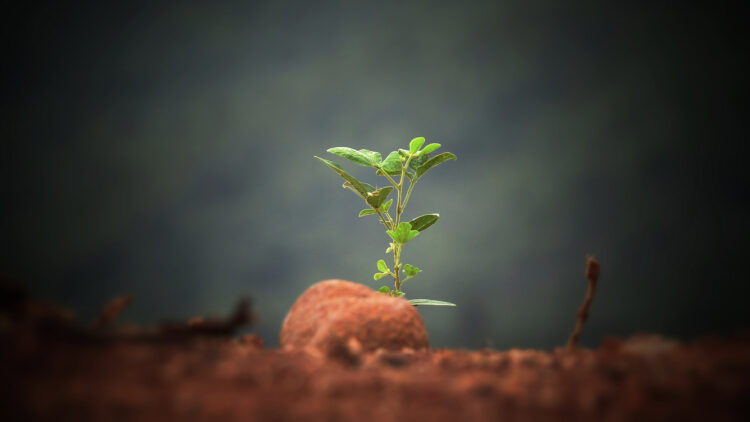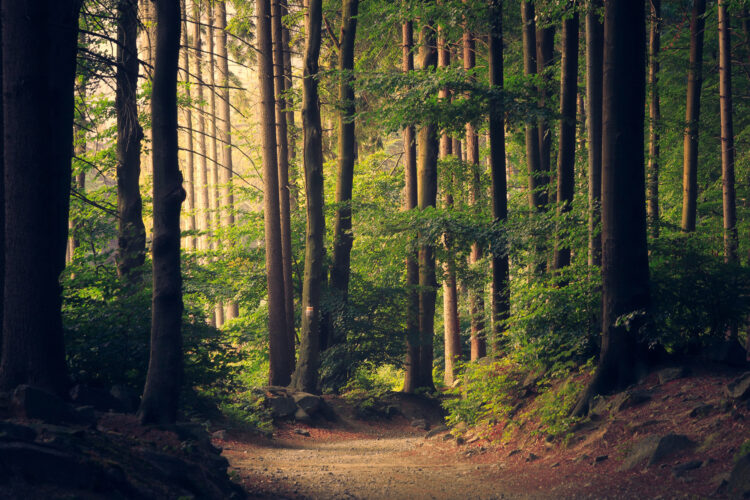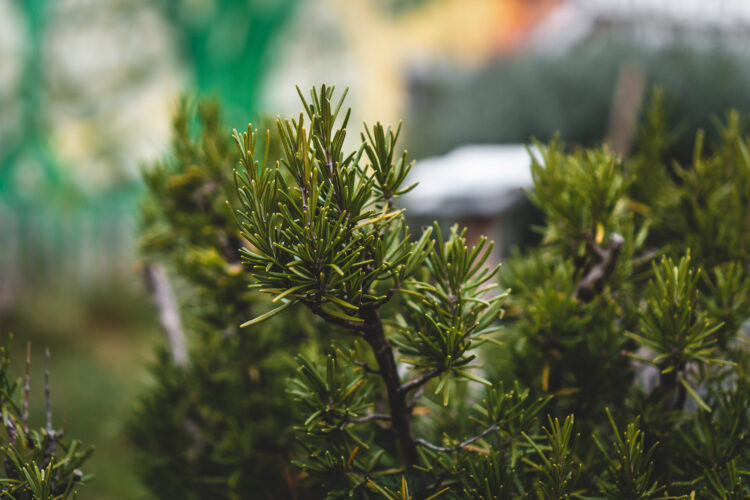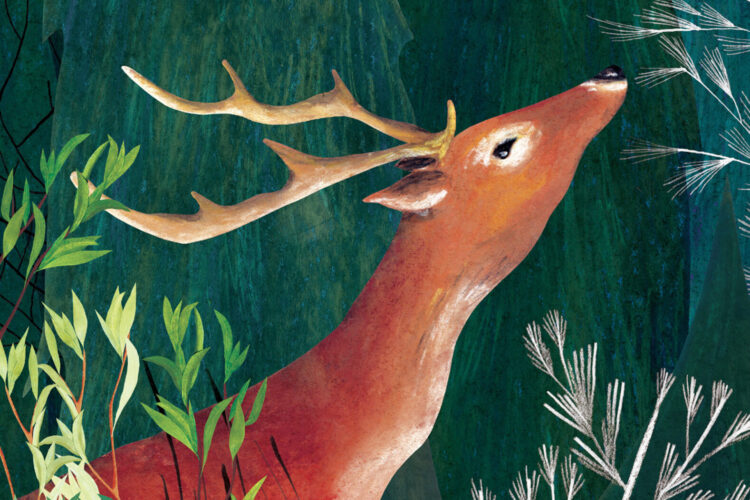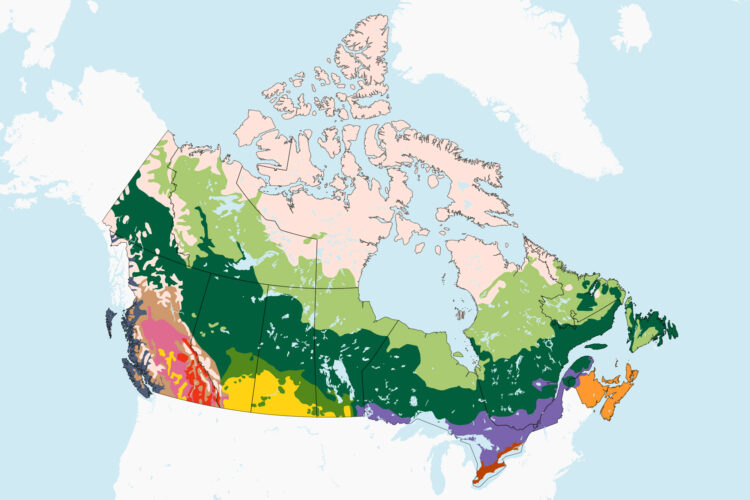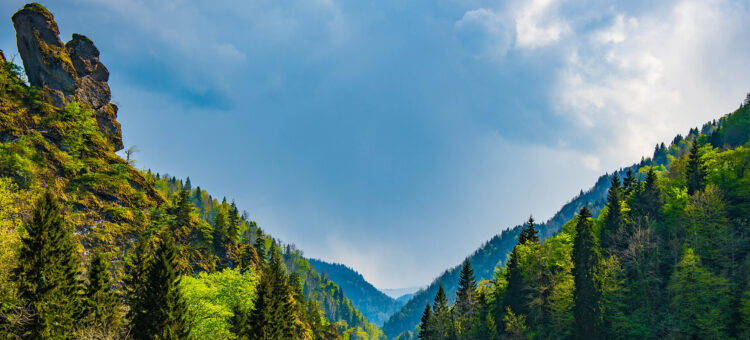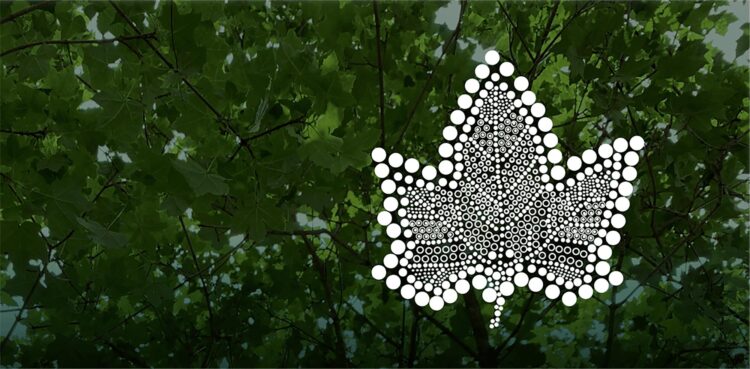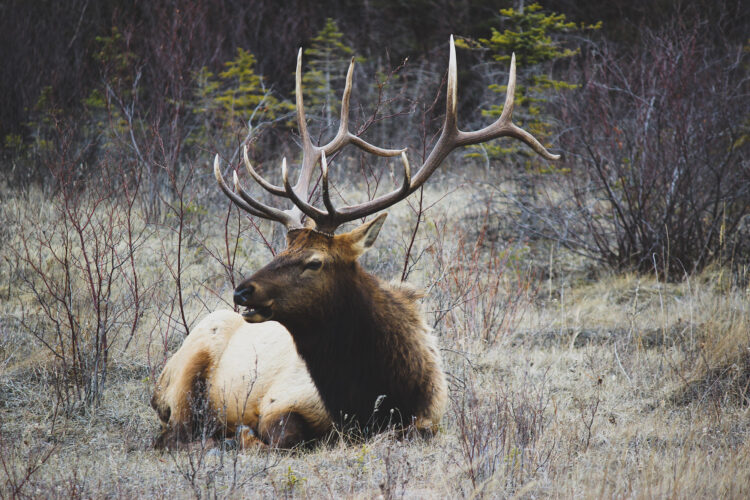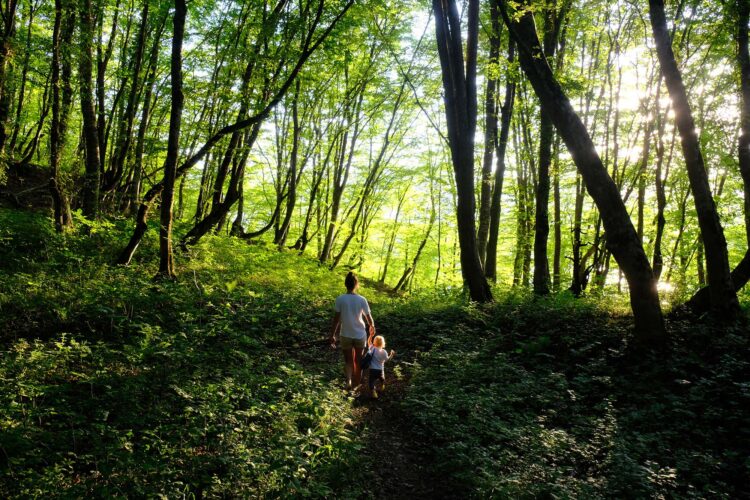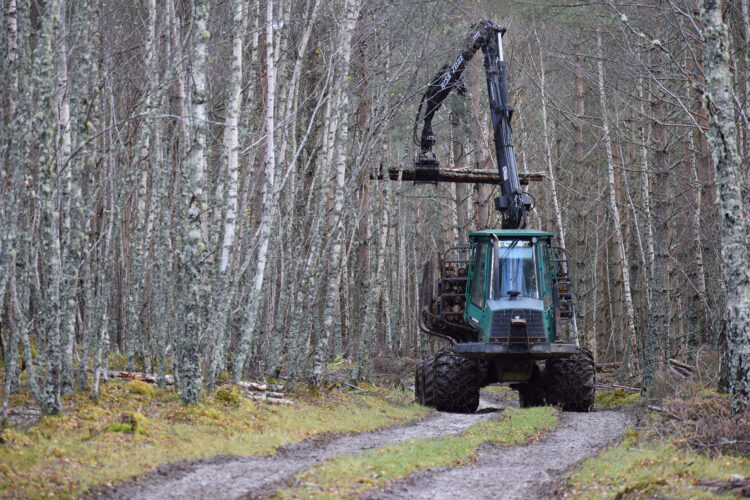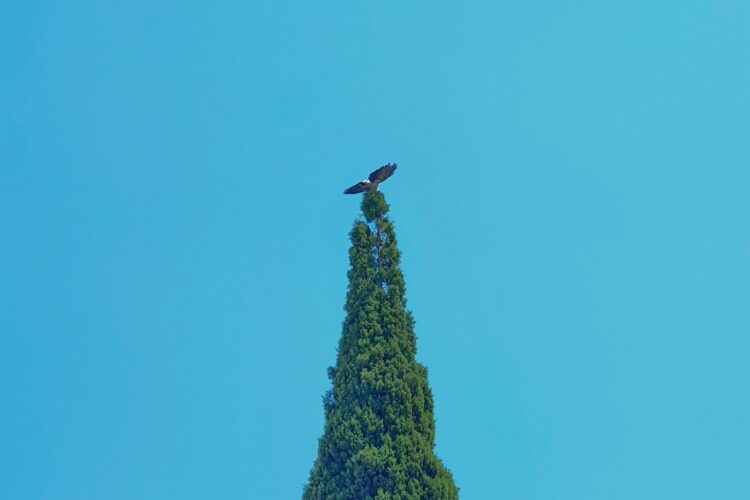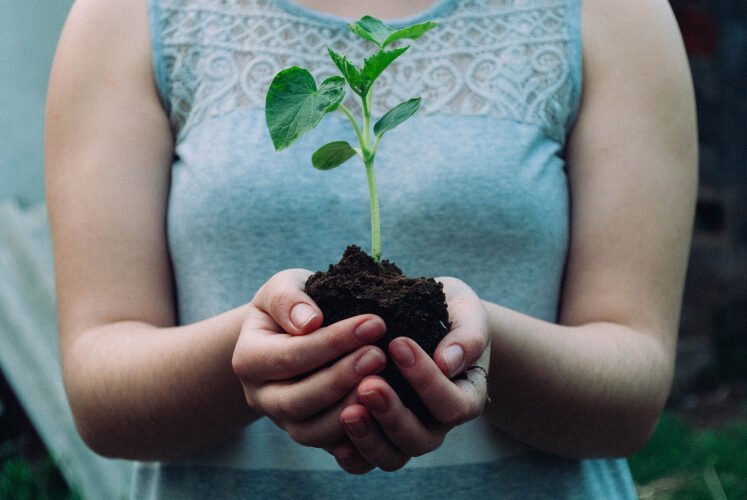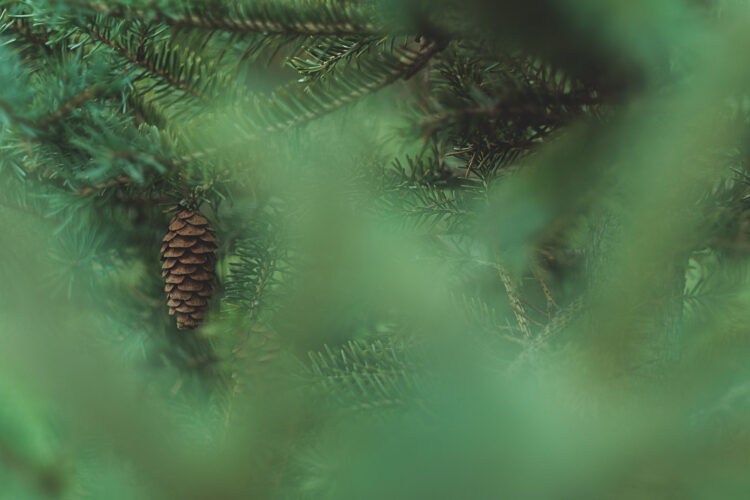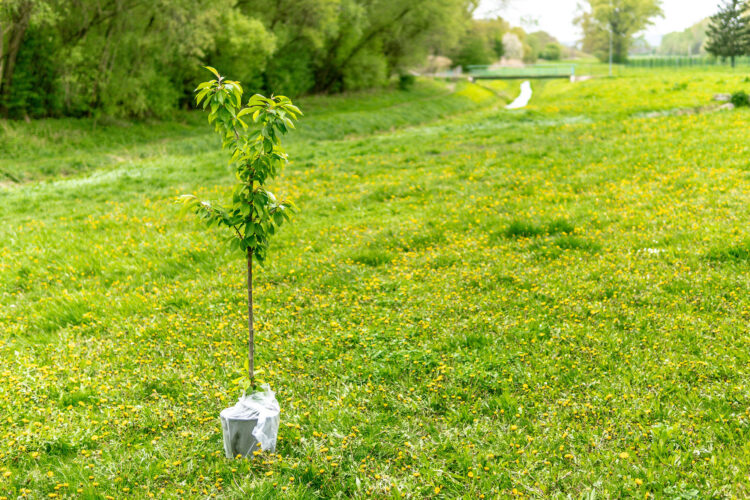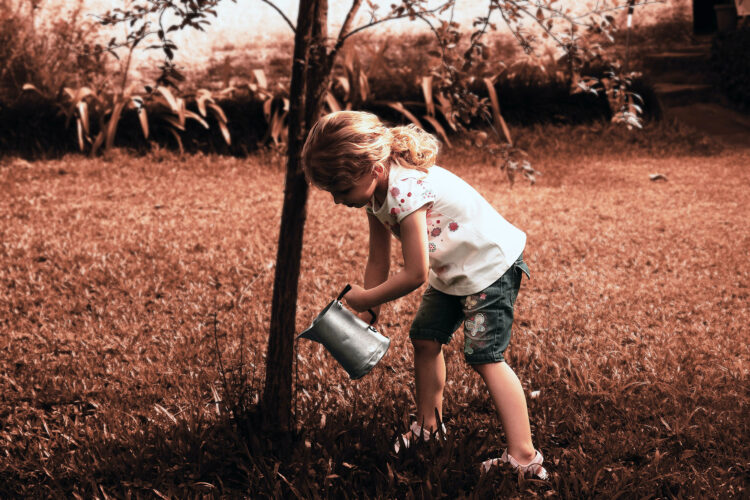

Trees Planted / Conserved: 11503
Other MTP Activities: 60503
-

Welcome to the Million Tree Project
Science rendezvous presents a new Canada Wide Experiment: the Million Tree Project! This new Canada Wide Experiment is designed to spark one million conversations about trees, environment and climate science, and create action! Over the next ten years of this project, we are inviting everyone to learn about tree and climate science, connect, conserve, plant and care for trees in their communities and across Canada.
-

Why Trees?
So Many Reasons!
- Trees capture dust, carbon, greenhouse gases & pollutants
- Trees mitigate climate change
- Trees provide shade, reducing air conditioning costs
- Trees are great for recreation & education
- Trees are home to 80% of terrestrial plants & animals
- Conifers insulate homes, reducing heating costs
- Trees improve our mental & physical health
- Canada has space for 78.4 million hectares of trees
- This project is an opportunity to invite everyone to be active participants in Canada’s commitment to plant 2 billion trees, which will absorb 4 to 9 million tonnes of carbon per year by 2050.
-

How Does it Work?
Start learning! Register to join a Million Tree Project course to learn about the trees in your local environment directly from scientists, researchers, educators and/or indigenous leaders. Put learning into practice with a community based Million Tree Project activity. Sign up to become a Million Tree Project educator to spearhead local education plans and learning activities! Prefer to learn on your own? Journey through the resource centre below, and then dive deeper into topics that spark your interest. Connect with what you learn through art, nature walks, writing, music, photography, etc… Commit to planting and caring for a tree during its important first weeks of development.
Make sure to register your trees, commitments and other activities by clicking the link below, so we can share what everyone is doing on the Science Rendezvous: Million Tree Project showcase!
-

Why Local?
What works in one location does not always work in another. We must acknowledge local issues impacting trees and forests, and consider biodiversity, growing zones and invasive species. Learning from experts about local considerations will help us address these issues, and this is why we are looking to continue to work with local experts all across Canada as we grow the Million Tree Project.
-

Partner With Us!
Contact info@sciencerendezvous.org to learn how you can get involved. Sign up to become a Million Tree Project educator to spearhead local education plans and learning activities! We are currently looking for scientists, researchers, teachers, and graduate students majoring in STEM programs that are interested in joining the Million Tree Project as educators and program leaders to provide locally relevant educational programming; seeds, saplings or other materials; and sponsors always welcome!
Resources
-

Why Trees Matter: A First Nations Perspective
-

Wáhta Teachings
-

Carbon and Climate
-

The Climate Connection
-

Biodiversity
-

Boreal Biodiversity
-

Air, Water, and Soil
-

Sustainable Forestry in Canada
-

Forestry and Forest Products
-

The Million Tree Project: Conserving Canada’s Forests
-

Can’t Plant a Tree? Protect One, Instead
Activities
-

Tree Planting: Getting Started
-

Tree Planting: Picking the Perfect Species
-

Tree Planting: Where and How to Plant That Tree
-

Tree Planting: How to Care For, Maintain, and Register Your Tree
-

Further Reading: Children & Youth Books
-

Further Reading: Children & Youth Websites
-

Further Reading: Adult Books
-

Further Reading: Adult Websites
-

Backyard Bio: Photography
-

Field Notebook
Showcase
-

Volunteer Activity Debrief (Grades K-2)
- What did you learn from today’s activity?
- When I asked students to raise their hand if they learned something from today’s lesson, I was excited to see that every student had their hand up! Some of the things that students said they learned included that trees have many parts, that roots help the tree “drink” water, and that bark protects the tree.
- Why do you think programs like the Million Tree Project are important?
- After I explained the Million Tree Project to the class, students said that they think this program is important for various reasons. One student commented that “a million trees would be a lot of oxygen!” Another student said that they think trees are nice to look at, so they think it would be nice to see more trees.
- Did you think this activity was a fun way to learn about trees?
- Students loved the hands-on aspects of this activity! They were excited and eager to touch the different tree parts and try to guess what they were. One student said that the “surprise” was exciting. Another student was excited because they got to engage with real tree parts. The teacher in the classroom commented that they thought the lesson was perfect for their age/ability level and that it was a really engaging way to learn about trees.
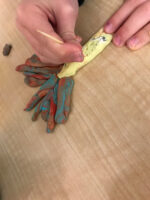
Volunteer Activity Debrief (Grades K-2)
Lesson: Grades K-2 Tree Parts Lesson Plan
Today, I went into a grade 1 classroom to do the “Tree Parts” activity with a great group of students! It went very well, and the students were excited and engaged throughout the whole activity. I started off by teaching students about coniferous and deciduous trees. I showed them pictures of the 2 kinds of trees and had students think about what made each type of tree “special.”
We talked about how coniferous trees have needles while deciduous trees have leaves. We also talked about how deciduous trees lose their leaves in the fall, while coniferous trees keep their needles. The students were able to come to these conclusions on their own! Next, we did the activity. Ahead of time, I prepared 7 bags with tree parts (bark, leaves, branches, roots, pinecones, buds, and pine needles). I drew a coniferous and a deciduous tree on the board behind me. Then, I invited a few students to reach into each bag and use a few words to describe what they felt.
I had the rest of the class try to guess before the students at the front revealed the tree part from the bag. I held it up and asked students where on the tree it belongs, what its function is, and whether it can be found on both coniferous and deciduous trees, or just one. As a consolidation activity, rather than having students draw a picture of a tree, we used playdoh to create tree models! I asked students to make either a coniferous or deciduous tree and to try to include all of the parts we learned about on their models. This was a great way for students to show what they learned!
After teaching the lesson “Tree Parts” to a grade one class, I asked them the following questions about the activity.
View Full Showcase
Lessons
-
 Primary (K-2)
Primary (K-2)Trees and Conservation
-
 Primary (K-2)
Primary (K-2)How Do Trees Get Their Water?
-
 Primary (K-2)
Primary (K-2)Parts of a Tree
-
 Junior (3-5)
Junior (3-5)Seed Collection (Junior)
-
 Junior (3-5)
Junior (3-5)Tree Planting (Junior)
-
 Junior (3-5)
Junior (3-5)Trees/Habitats in my Community (Junior)
-
 Intermediate (6-8)
Intermediate (6-8)Seed Collecting (Intermediate)
-
 Intermediate (6-8)
Intermediate (6-8)Sustainable Forestry (Intermediate)
-
 Intermediate (6-8)
Intermediate (6-8)Tree Planting (Intermediate)
›











